Charlotte’s Web
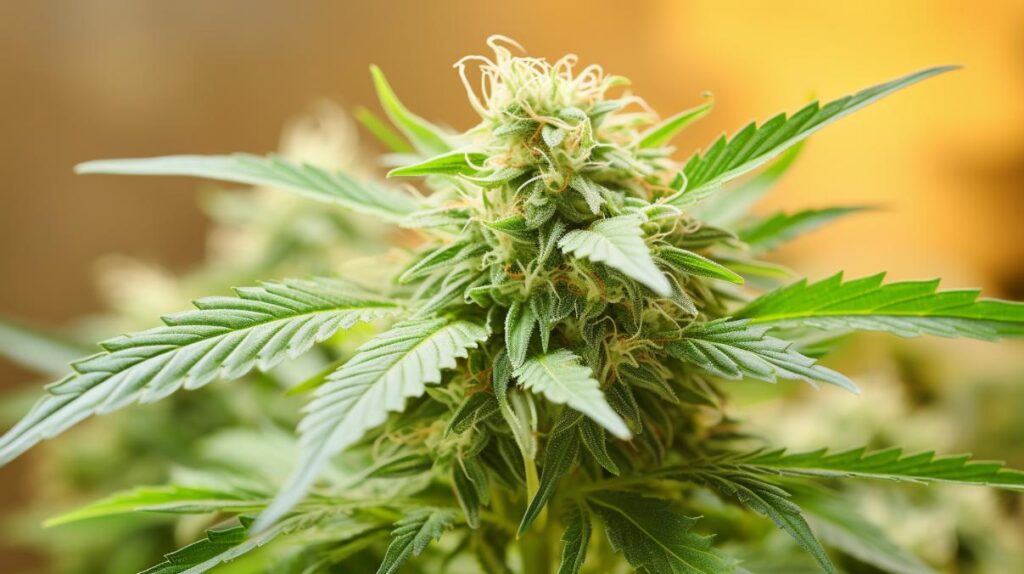
Charlotte’s Web, a distinguished cannabis strain developed by the Stanley Brothers in Colorado, presents a unique profile that has piqued the interest of both medical researchers and patients. Named in honor of Charlotte Figi, whose struggle with Dravet syndrome and subsequent relief from her symptoms brought this strain into the limelight, it is primarily celebrated for its high cannabidiol (CBD) and low tetrahydrocannabinol (THC) content.
This particular composition has positioned Charlotte’s Web as a focal point in the ongoing discussion regarding the therapeutic potential of cannabis, especially for those seeking the plant’s benefits without the psychoactive effects typically associated with marijuana use.
As we explore the genetic lineage, terpene profile, and the multifaceted applications of Charlotte’s Web, one may consider how its emergence has influenced both legal frameworks and the future of medical cannabis research.
Genetic Lineage
Delving into the genetic lineage of Charlotte’s Web, this distinctive strain emerged from the strategic crossbreeding of a high-CBD marijuana strain with an industrial hemp variant, culminating in a product tailored for maximum therapeutic benefit with minimal intoxication. Developed by the Stanley Brothers in Colorado, the Charlotte’s Web strain represents a pioneering leap in the realm of cannabis cultivation, specifically engineered to address the needs of patients suffering from conditions such as Dravet syndrome.
This sativa-dominant hybrid boasts a remarkable 30:1 CBD-to-THC ratio, making it a quintessential high-CBD hemp strain, ideal for those seeking relief without the psychoactive effects traditionally associated with marijuana. By crossing a carefully selected marijuana strain known for its high CBD content with a robust industrial hemp strain, the cultivators achieved a unique synergy of cannabinoids that amplifies the medical potential of CBD while adhering to the legal stipulations surrounding THC levels.
As a result of its specialized breeding, Charlotte’s Web is not available in seed form to the general public. Instead, propagation is limited to clones, ensuring that the genetic purity and consistency of this therapeutic hemp strain are maintained across cultivation efforts. The inclusion of Harle-Tsu in its lineage further reinforces its high CBD profile while minimizing THC content, solidifying Charlotte’s Web’s standing as a trailblazer in the medicinal cannabis landscape.
THC/CBD Content
The Charlotte’s Web strain is renowned for its high cannabidiol (CBD) content of approximately 17%, paired with a minimal tetrahydrocannabinol (THC) level of less than 0.5%. This unique chemical composition allows for the production of CBD-rich products suitable for users seeking relief without the traditional ‘high’ associated with cannabis.
Given its low THC content, Charlotte’s Web falls within the legal scope of all 50 states in the U.S. and is treated as a dietary supplement under federal guidelines. This legal status underscores its distinction from other cannabis strains that are subject to more stringent regulations due to higher THC concentrations.
CBD, as the predominant cannabinoid in Charlotte’s Web, has been associated with several potential health advantages. Research suggests that it may provide relief from conditions such as anxiety, depression, and chronic pain. Additionally, it has been particularly noted for its role in reducing seizures in epilepsy patients.
Nonetheless, it is important for individuals to consult with healthcare professionals to understand the implications of its CBD/THC content and to discuss possible interactions with other medications.
Terpene Profile
Moving beyond the notable CBD and THC content, Charlotte’s Web also possesses a distinctive terpene profile that includes myrcene, pinene, and caryophyllene, each contributing to the strain’s unique effects and aroma. The terpene profile is a critical aspect of any cannabis strain as it significantly influences the overall experience of the user, both in terms of therapeutic properties and sensory perception.
Myrcene, a prevalent terpene in the Charlotte’s Web strain, is recognized for its role in promoting relaxation and sedation. This terpene is often associated with the calming effects that are sought after by individuals dealing with stress and anxiety. Its presence potentially enhances the strain’s ability to help with relaxation and sleep.
Pinene stands out in the terpene profile with its distinctive piney aroma. Beyond its olfactory contribution, pinene is believed to have anti-inflammatory properties and may aid in promoting alertness, counteracting some of the sedative effects of myrcene.
Caryophyllene adds complexity to the strain’s scent with a spicy, peppery touch. It is unique among terpenes for its ability to interact with the endocannabinoid system, particularly at the CB2 receptors. This interaction suggests caryophyllene may have anti-anxiety and pain-relieving benefits, further enhancing the strain’s therapeutic profile.
Effects
Charlotte’s Web, a strain recognized for its lower THC content, primarily induces effects that enhance focus, uplift mood, and provide relaxation, while also being associated with a few potential adverse reactions. This particular strain has gained notoriety for its high CBD concentration, making it a staple in the realm of CBD products. Its unique properties have shown promise for those seeking therapeutic relief without the intense psychoactive experiences associated with higher THC strains.
Given its medical applications, Charlotte’s Web has a significant role in treating epilepsy, including rare forms like Dravet syndrome. The strain’s effects are largely attributed to its CBD content, which is responsible for its calming and therapeutic benefits. However, its lower potency in THC does not render it completely free from the typical adverse effects of cannabis.
- Enhanced Focus: Ideal for tasks requiring concentration without overwhelming stimulation.
- Mood Elevation: A sense of well-being that can brighten one’s outlook.
- Relaxation: Helps soothe the mind and body, promoting a state of calm.
- Energizing: Offers a gentle boost in energy levels, avoiding the lethargy associated with some strains.
- Pain and Anxiety Relief: Aids in managing physical discomfort and mental stress without strong sedation.
This balance of effects positions Charlotte’s Web as a versatile option for those looking to harness the benefits of cannabis while maintaining daily functionality.
Medical Uses
Building upon the noted therapeutic effects, such as enhanced focus and relaxation, Charlotte’s Web also serves a significant role in the medical cannabis landscape, particularly for conditions like epilepsy, chronic pain, and anxiety. This strain is distinguished by its high CBD and low THC content, positioning it as an appealing option for patients seeking the medicinal benefits of cannabis without the pronounced psychoactive experience often associated with higher THC strains.
Charlotte’s Web has garnered attention for its potential in reducing seizures, especially among those with treatment-resistant forms of epilepsy. The strain’s CBD-rich profile is linked to its anticonvulsant properties, making it a subject of interest in the medical community for its therapeutic potential.
Additionally, individuals dealing with chronic pain and anxiety may find solace in the non-intoxicating relief provided by Charlotte’s Web and its derived products.
It is essential, however, for patients to consult with medical professionals to receive personalized advice regarding the use of Charlotte’s Web for medical purposes. While anecdotal and preliminary clinical evidence points to its efficacy, comprehensive medical guidance is crucial to ensure safety and optimize treatment outcomes within the framework of medical cannabis use.
Flavor and Aroma
How does the unique flavor and aroma profile of Charlotte’s Web contribute to its overall user experience?
The distinct flavors and scents of this hemp strain play a crucial role in its popularity and therapeutic appeal. Charlotte’s Web is renowned for its low THC content, which means that users can enjoy the sensory experience without the psychoactive effects typically associated with higher THC strains. The complexity of its flavor and aroma can be attributed to its terpene profile, which includes hints of pine, wood, and sage, providing an herbal and earthy sensation.
The fresh and invigorating aroma, laced with citrus and mint, accentuates the strain’s appeal, offering an olfactory experience that is both calming and soothing. When consumed, the smooth and pleasant taste, which carries subtle undertones of lemon and mint, complements the therapeutic objectives of users seeking relief without intoxication.
The herbal and earthy flavor profile is particularly appreciated for its ability to evoke a sense of relaxation and grounding.
- Aromatic whispers of pine and sage, transporting you to a tranquil forest retreat
- Invigorating hints of citrus and mint, reminiscent of a refreshing morning breeze
- Smooth and soothing lemon-mint undertones, offering a pleasant and calming taste
- A calming olfactory journey that aligns with the strain’s low THC content and therapeutic intentions
- An earthy and herbal bouquet that grounds the senses, enhancing the overall relaxation experience
Appearance
Often admired for its visual appeal, the Charlotte’s Web strain exhibits a pale green hue and dense, resinous buds that signify its hemp lineage. Named in honor of Charlotte Figi, a young girl whose struggle with severe seizures brought this marijuana strain into the limelight, Charlotte’s Web is recognized not just for its potential therapeutic benefits but also for its distinctive look.
The buds are generously coated in sticky trichomes, creating a frosty, crystalline appearance that is both enchanting and indicative of a high-quality hemp product.
The plant itself features long, thin fan leaves, which are characteristic of many hemp varieties, and exudes a fresh, piney fragrance that further distinguishes it from other marijuana strains. As the eye travels over the plant, the vibrant green of the leaves contrasts with the pistils, which can vary in color from orange to a reddish-brown, adding to the overall aesthetic appeal of the strain.
Moreover, Charlotte’s Web’s visual characteristics are not merely superficial; the dense structure and prominent trichome coverage are a testament to the careful cultivation and genetic selection behind this unique variety.
Grow Information
Cultivating Charlotte’s Web, a strain renowned for its high-CBD and low-THC content, requires diligent care to maintain its therapeutic properties and ensure optimal growth. As a variety that has blurred the lines between medical cannabis and industrial hemp, it is essential for growers to understand the specific grow information to successfully cultivate this plant.
- Thriving in a warm and sunny climate, Charlotte’s Web can flourish indoors with meticulous climate control to mimic these conditions.
- Regular monitoring for pests and diseases is crucial to protect the integrity and medicinal quality of the plants.
- The use of organic fertilizers and prudent watering practices are vital in nurturing a CBD-rich harvest.
- A patient approach is required due to its longer flowering period, employing techniques such as topping or low-stress training to increase yields.
- Optimal harvesting time is determined by trichome maturity, ensuring the full expression of the strain’s signature pine and sage flavor profile.
Understanding these guidelines is key in preserving the strain’s unique characteristics, which have made it a cornerstone in the realm of therapeutic cannabis. By following this grow information, cultivators can contribute to the availability of this valuable strain for patients in need.
Adverse Effects
Despite its reputation for therapeutic benefits, some users of Charlotte’s Web have reported experiencing adverse effects such as dizziness, headaches, and in certain cases, feelings of paranoia. While the strain is known for its low THC content, which minimizes psychoactive outcomes, adverse effects are not unheard of. Such responses may be due to individual sensitivities or the presence of residual THC, which, even in small amounts, can affect users differently.
Instances of dizziness and headaches, although infrequent, have been documented among consumers of this particular cannabis strain. These adverse effects are often mild and transient, yet they are worth noting for those considering Charlotte’s Web for its health-related properties. It is crucial to acknowledge that any form of cannabis, including strains with low THC like Charlotte’s Web, can potentially lead to undesirable reactions.
Moreover, feelings of paranoia, though rare, have been reported, particularly when higher doses are consumed. This underscores the importance of dosage management and the need for users to be cautious, especially if they are new to the strain or to cannabis in general. By being mindful of the possibility of such adverse effects, users can better tailor their consumption to their individual tolerance levels and desired outcomes.
Comparisons with Similar Strains
In assessing the landscape of cannabis strains rich in CBD and low in THC, Charlotte’s Web often draws comparisons to varieties such as Harlequin, ACDC, and Harle-Tsu, all of which share a similar chemical profile aimed at delivering therapeutic benefits without strong psychoactive effects. These comparisons are crucial for patients and consumers looking to understand the nuances between strains that promise relief without the high traditionally associated with cannabis.
- Harlequin: A beacon of hope for those seeking solace in its comforting embrace, much like Charlotte’s Web.
- ACDC: Strikes a chord with its harmonious balance of cannabinoids, resonating with the calmness one desires.
- Harle-Tsu: Offers a tranquil refuge, akin to the serene experience provided by Charlotte’s Web.
- Ringo’s Gift: A homage to peace, it mirrors the gentle touch of Charlotte’s Web on one’s well-being.
- Cannatonic: Echoes the therapeutic caress of Charlotte’s Web, holding a promise of relief for the weary.
While the term ‘Hippies Disappointment’ might be associated with strains low in THC, for those seeking comparisons with similar strains to Charlotte’s Web, the focus is on the profound relief and healing these strains can offer without the psychoactive turmoil.
Research and Studies
Grounded in scientific inquiry, research on the Charlotte’s Web strain has illuminated CBD’s potential to alleviate a spectrum of medical conditions, sparking a paradigm shift in the perception of cannabis-based therapies. The strain, named after Charlotte Figi, who had Dravet syndrome, has been at the forefront of discussions surrounding medical cannabis, especially after being featured in Sanjay Gupta’s CNN documentaries.
Extensive studies have focused on the efficacy of CBD in managing seizures. Notable research, including publications in The Lancet Neurology, has shown promising results, particularly in patients with refractory epilepsy. These findings have not only provided hope for individuals with severe seizure disorders but have also played a role in shaping policies and attitudes towards cannabis-based medicines.
The table below summarizes key findings from research on the Charlotte’s Web strain:
| Benefit | Study Outcome |
| Seizure Reduction | Up to 69% decrease in refractory seizures within 3 months |
| Motor Seizures | 36.5% reduction observed |
| Neurological Disorders | Positive impact demonstrated in academic research |
| Legal Status | Legal dietary supplements in the U.S. |
This body of research underscores the necessity for ongoing scientific exploration to further understand the full scope of CBD’s therapeutic potential and to establish standardized dosing and safety guidelines.
History and Origin
Building upon the foundation of scientific research underscoring its therapeutic efficacy, the Charlotte’s Web strain has a compelling history rooted in its origins and development by the Stanley Brothers in Colorado. Aimed at creating a cannabis strain with significant health benefits, the Stanley Brothers selectively bred a plant with high CBD content and minimal THC, diverging from the trend of developing psychoactive marijuana. Their pioneering efforts led to a strain initially known as ‘Hippie’s Disappointment’ due to its low THC content, which made it unattractive for recreational use. However, its renaming to Charlotte’s Web marked a turning point in its history.
The name Charlotte’s Web honors Charlotte Figi, a young girl whose battle with a severe form of epilepsy was dramatically alleviated after using this particular strain. The emotional and transformative story of Charlotte Figi and the Stanley Brothers’ dedication to creating a therapeutic product resonated worldwide.
- Named in tribute to Charlotte Figi, whose story touched hearts globally
- Developed with a focus on health and wellness, not recreational highs
- Sparked a shift in perception towards medical cannabis
- Became a beacon of hope for families seeking alternative treatments
- Catalyzed policy change, contributing to the medical marijuana advocacy movement
The legacy of Charlotte’s Web extends beyond its botanical properties, symbolizing a broader movement towards embracing cannabis for its medicinal potentials.
Frequently Asked Questions
Is Charlotte’s Web a Sativa or Indica?
Charlotte’s Web is primarily a sativa strain. Its cannabinoid profile favors CBD, resulting from specialized growing techniques aimed at maximizing therapeutic benefits while minimizing psychoactive THC levels.
Does Charlotte’s Web Get You High?
The therapeutic use of low-THC products raises questions about their psychoactive effects. Regarding legal status, substances with minimal THC typically don’t induce a high and are often legally accessible for medicinal purposes.
Is Charlotte’s Web Strain Good for Anxiety?
In the context of anxiety relief, a particular strain, high in CBD, may offer therapeutic benefits with minimal psychoactive effects. It is essential to consult healthcare professionals regarding its suitability and legal compliance.
What Is Charlottes Web Used For?
Charlotte’s Web is utilized primarily for epilepsy treatment due to its high CBD content. It offers therapeutic benefits for individuals with seizures, focusing on symptom relief without significant psychoactive effects.


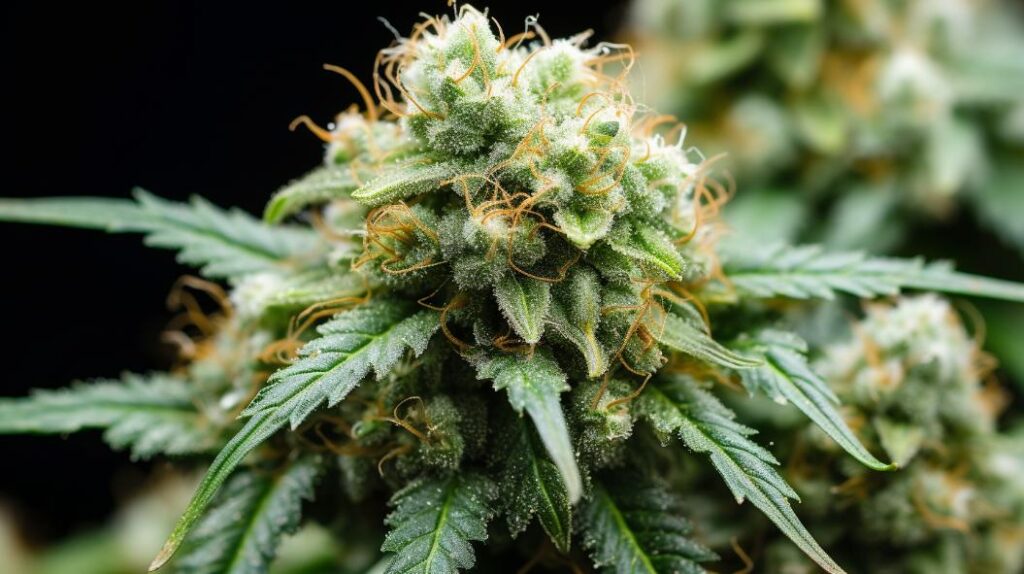
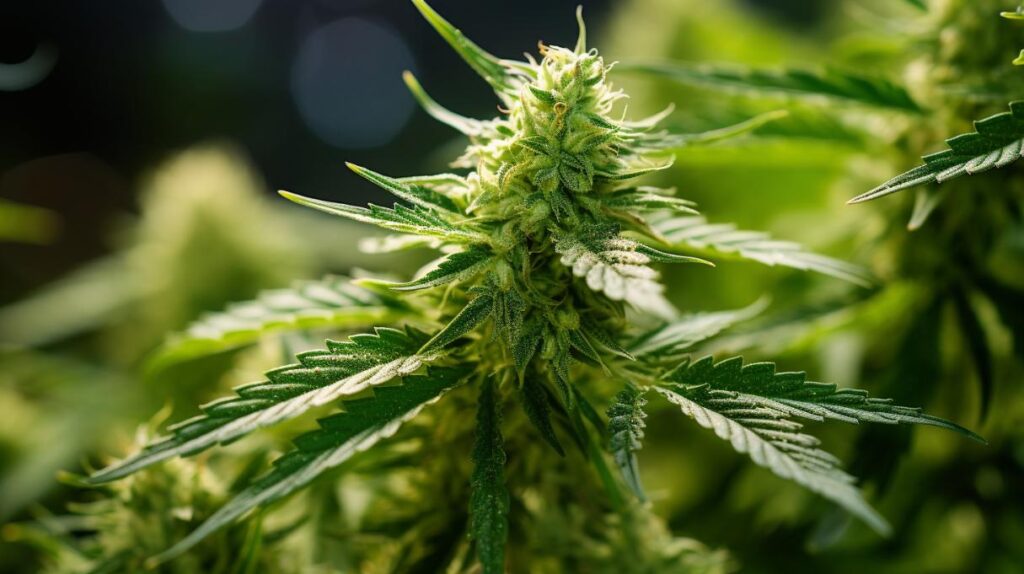
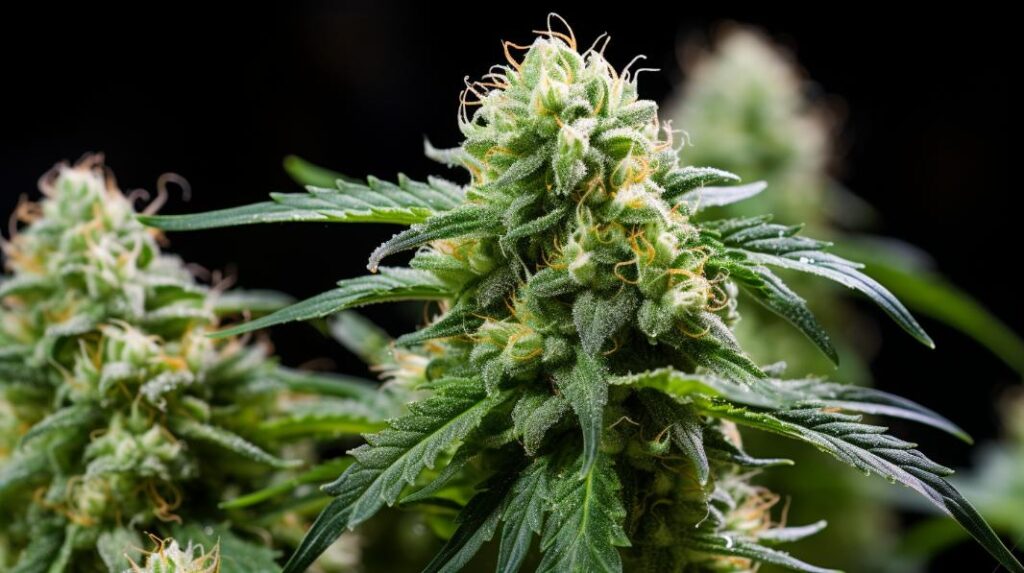
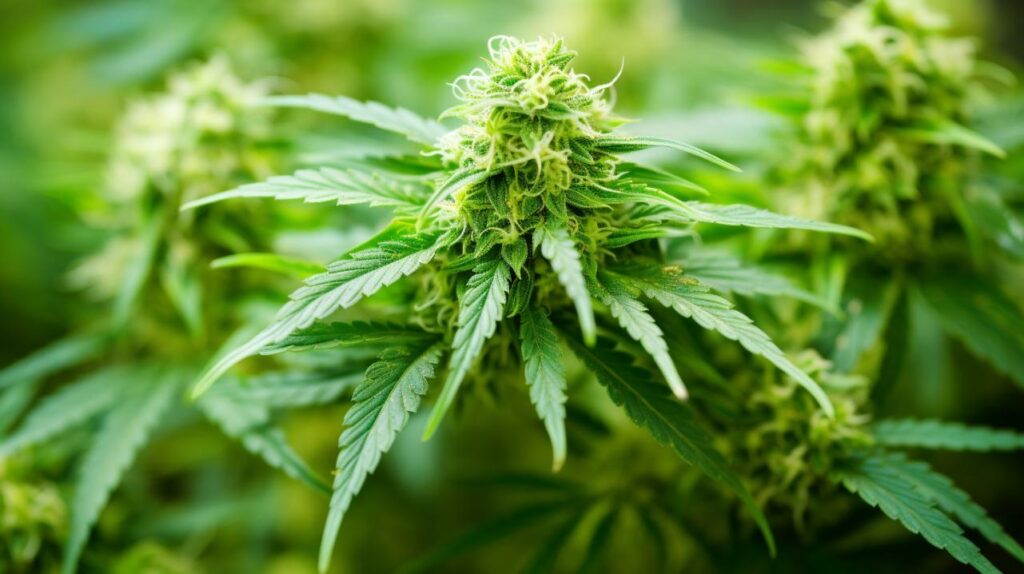

Responses